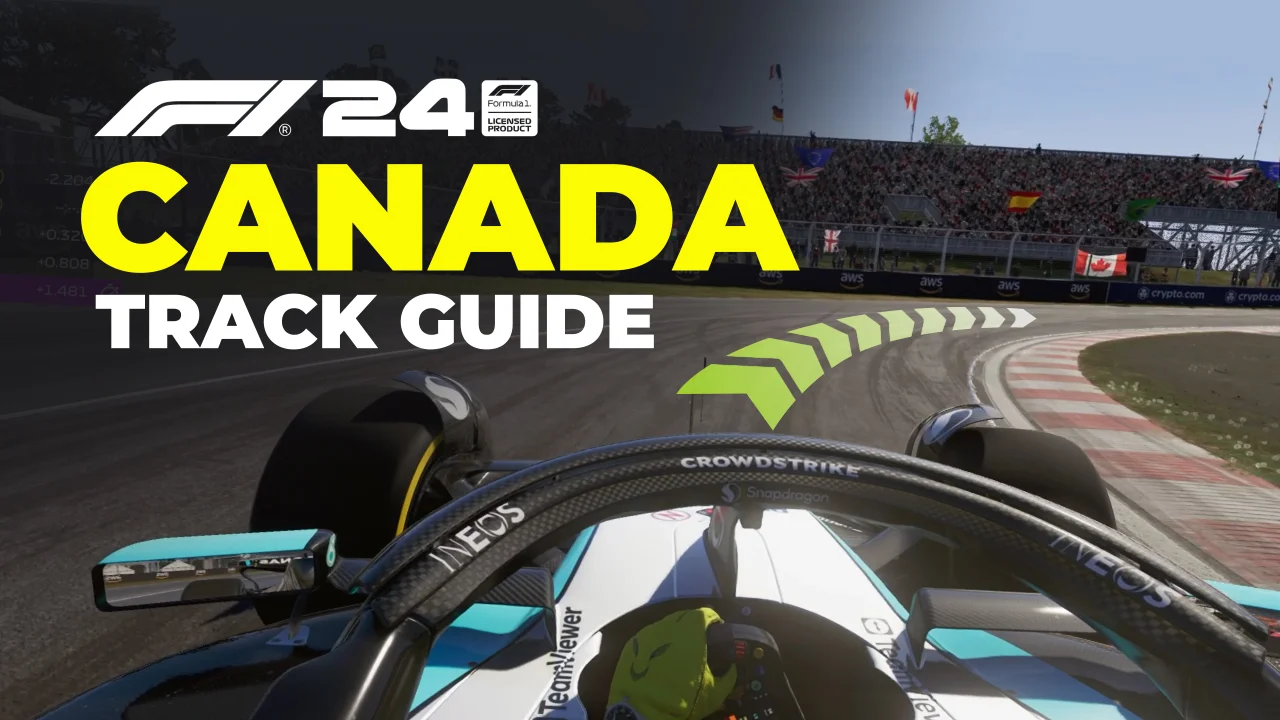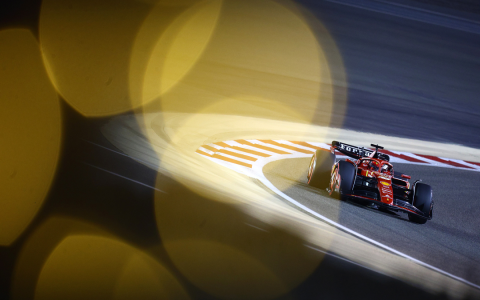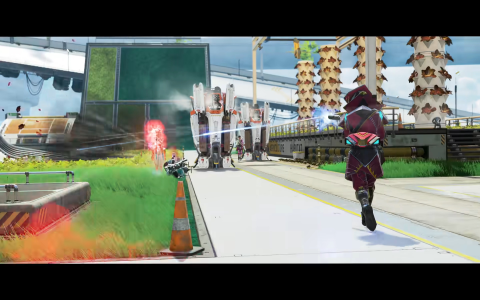Alright, so I’ve been messing around with F1 24, specifically trying to nail down a decent setup for the Canadian Grand Prix. This track is a real beast – those long straights followed by some seriously tight chicanes and that infamous Wall of Champions. You gotta have a car that can handle both the speed and the corners, or you’re toast.
First thing I did was jump into Time Trial mode. Gotta get a feel for the track without worrying about other cars, right? I started with the default balanced setup, just to see what I was working with.

The car felt okay on the straights, hitting some good top speeds. But man, when I got to those chicanes, it was like trying to wrestle a hippo. The car just wouldn’t turn in. And the traction coming out of the slow corners? Forget about it. I was spinning those tires like crazy. Wall of Champions almost got me a few times.
So, back to the garage I went. Time to get my hands dirty. First up, Aerodynamics.
- I figured I needed more downforce to help with those corners. I bumped up the front wing a few notches, and did the same for the rear. Not too much, though, cause I didn’t want to lose too much speed on the straights.
Next, I played around with the Transmission.
- I messed with the differential adjustment on throttle and off throttle, trying to find a good balance of grip when I need it, and not too much when I’m at full speed. It’s a tricky thing to get right, but I think I found a sweet spot. I’m not sure whether I’m right or not, just record my feelings.
Then came Suspension Geometry. This part always confuses me a bit.
- I started fiddling with the camber and toe settings, and to be honest, I was just making small changes and seeing what happened. It’s kind of what I do in this kind of situation. I ended up with a setup that felt a bit more stable in the corners, but I’m not 100% sure what I did to achieve it.
After that, it was time to tweak the Suspension itself.
- I softened up the front suspension a little to help with the turn-in, and stiffened the rear a bit to try and reduce oversteer. And the ride height is always crucial, you know. Lower is generally better for speed, but you gotta be careful not to bottom out, especially with those kerbs.
Lastly, Brakes.
- I like to have the brake pressure pretty high, so I can really stand on them when I need to. But I adjusted the brake bias more to the front, to try and avoid locking up the rears.
With all those changes made, I hit the track again. And you know what? The car felt a whole lot better. I could still hit high speeds on the straights, but now I could actually attack the corners with some confidence. The car was turning in much better, and I had way more traction coming out of the slow stuff. I even managed to stay away from the Wall of Champions this time!
What I Learned
This whole process taught me a few things. One, don’t be afraid to experiment. It was a lot of time consuming process, but it is the only way to get better. Two, small changes can make a big difference. And three, the default setups are really just a starting point. If you really want to be fast, you gotta put in the work and fine-tune your car to your liking. I should have put more time and I could get better result. Hope to get more time next time!
So yeah, that’s my F1 24 Canada setup story. It’s not perfect, and I’m sure there are things I could improve, but it’s a setup that works for me. Hopefully, it gives you some ideas if you’re struggling with this track too. Just remember to be patient, and don’t be afraid to put in the time to get it right. Good luck, and keep racing!














